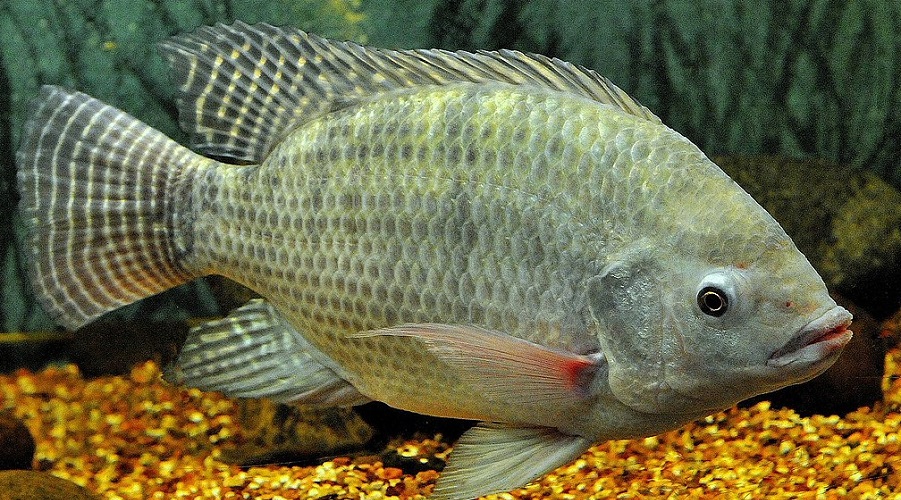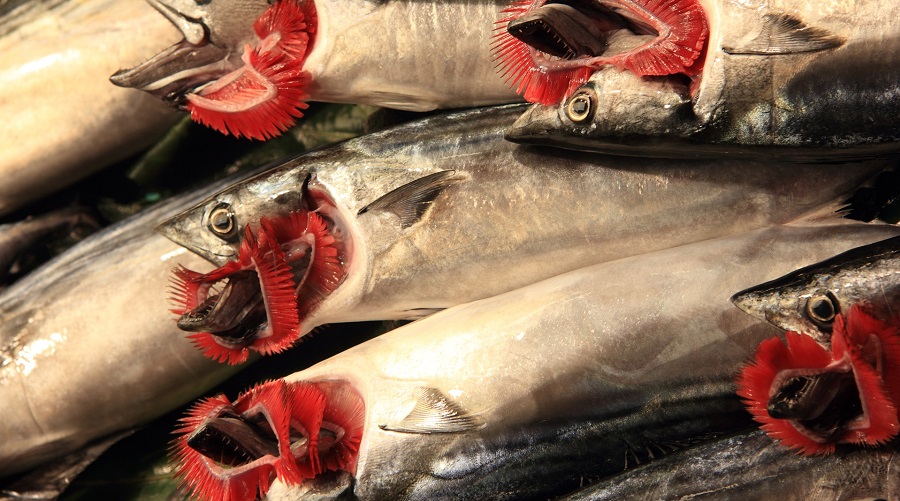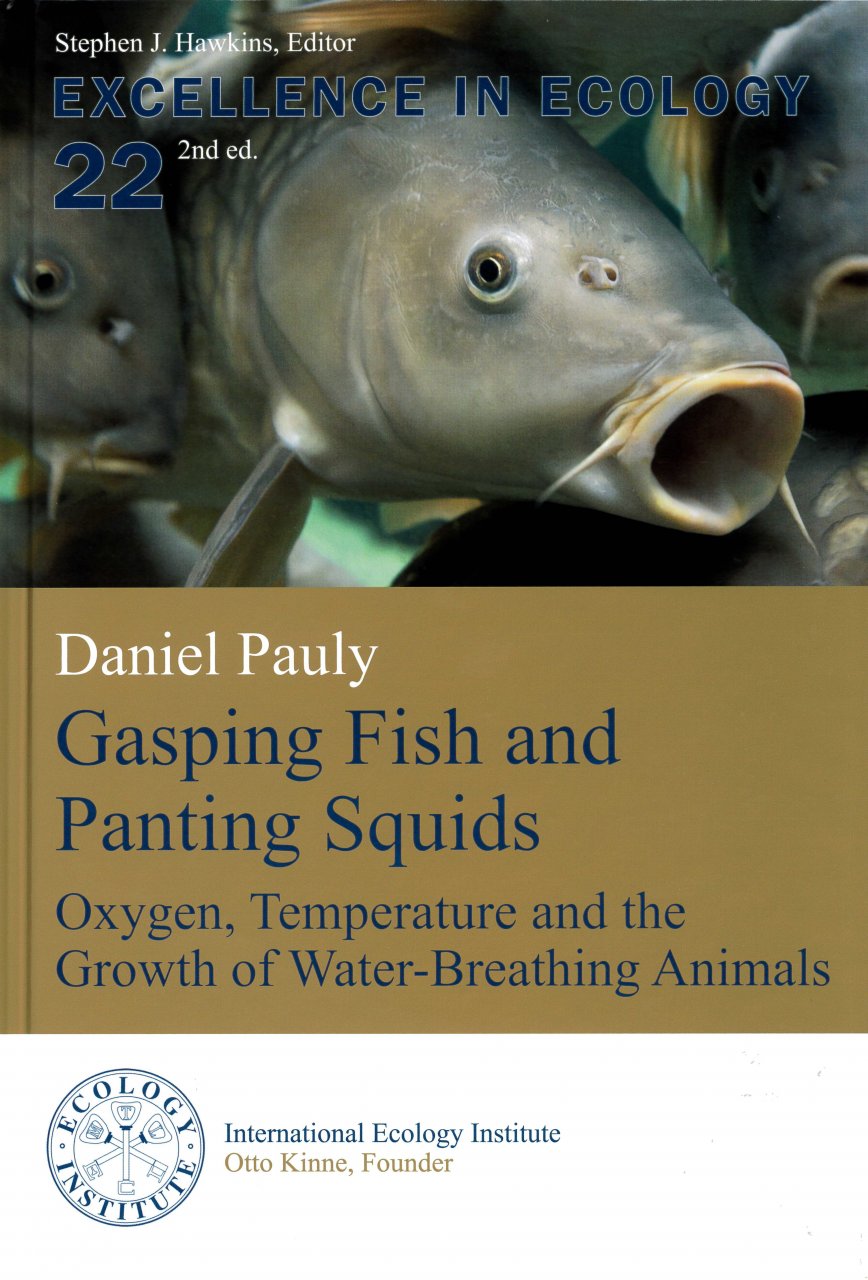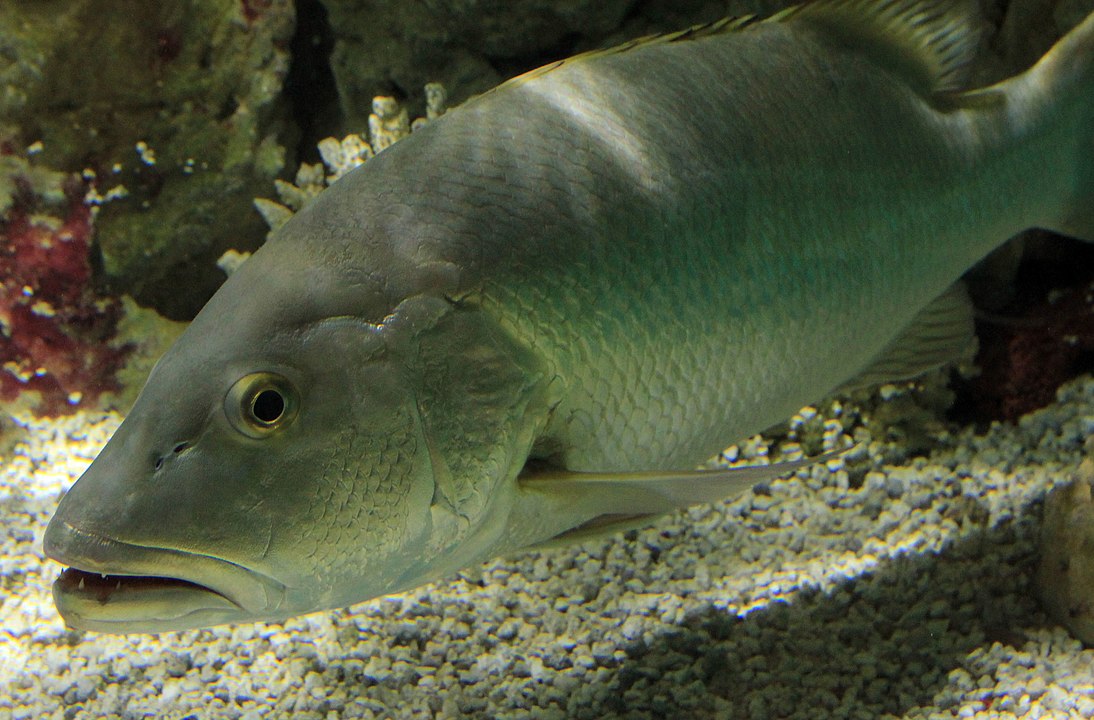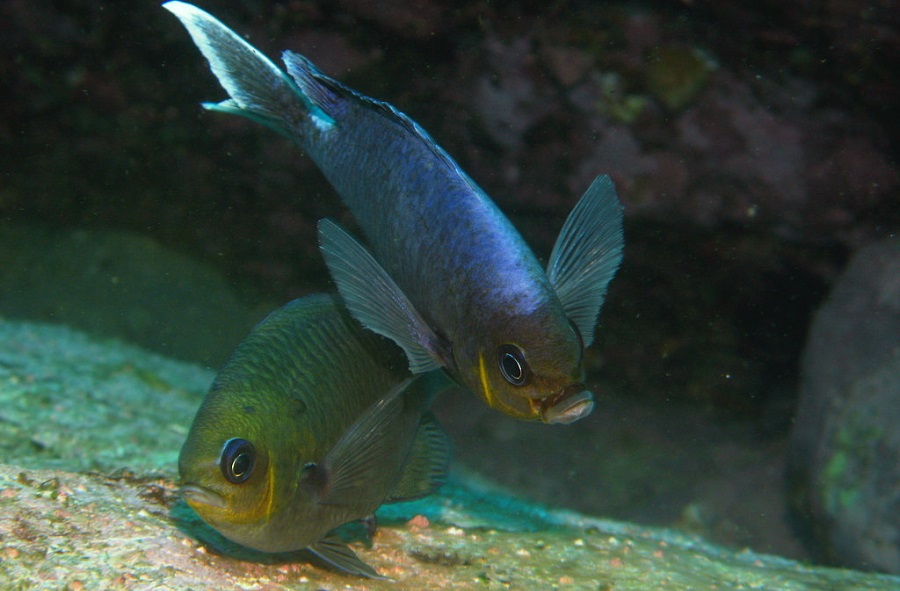
A pair of One-spot Pullers (Chromis hypsilepis) preparing to spawn. Home Bommie, Ulladulla, NSW. Photo by Richard Ling, Flickr, CC BY-NC-ND 2.0.
In over 80 per cent of fish species, the females, including those known as ‘big old fecund females,’ or BOFFS, grow bigger than the males. This long-established fact is difficult to explain with the conventional view of fish spawning being a drain on the ‘energy’ available for growth. If this view were correct, females, which are defined by their larger reproductive effort, would always remain smaller than males.
Continue reading →
